Snowbird’s Leaving for the Winter Checklist
While falling leaves begin to hit the ground in the Northeast and Midwest, snowbirds in those districts begin to get restless. Winter is coming, and their minds turn to their homes in hotter climes. Here we have a checklist of the migrating population before they head south.
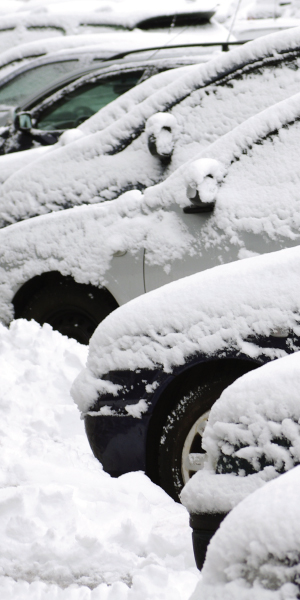
Mail. There are a few approaches to deal with this service, none of them perfect. The P.O. will hold your mail for a month. On the off chance that you will be gone longer than that, you have to locate an alternate arrangement. You can put in a forwarding address and your mail will be sent to your winter address. USPS additionally has an excellent sending administration where they will forward your mail through Priority Mail at a sensible cost. See USPS for your choices. In the event that you don’t believe the Post Office the most solid arrangement is to pay somebody to get your mail at your home or PO Box, stuff everything except for the garbage mail into a Priority Mail box, and mail it to you once per week or something like that. Changing critical mail to your winter address or utilizing eBills are smart thoughts.
Phone, link, utilities. Killing your utilities isn’t as simple as you think. Change the setting on your home telephone to forward to your mobile phone. Check precisely with your supplier about restoration expenses and cancellation arrangements. Consider downsizing or ceasing your administration if the re-introduce expenses are not very high. Stop your trash pickup.
Heat. A great many people in frosty atmospheres turn down the indoor regulators to spare fuel. The temperature you set should be picked after lots of thought. In the event that you go too low you could chance frozen parts and broad harm to your home when they burst. For instance, suppose you set your indoor regulator to 55 degrees, and afterward an ice storm makes a power blackout that endures a day or more. The starting temp is so low that you risk frozen pipes with an outage of just a few hours (some experts recommend 58 degrees, but the best temperature for you might be different).
Water. Turn off the water at the primary valve where it enters your home. A few people deplete their channels to abstain from stressing over busted pipes. In any case, utilize an expert, since it isn’t as simple as it sounds. Kill the water to your clothes washer and any outside apparatuses, including your water system framework (which ought to be depleted). A water spill inside your home is the most significant issue you need to consider, aside from fire.
Insurance. This is a hazard and an open door. Let your insurance company know you will be gone if your home will be empty for over 30 days. You may need to get an empty home arrangement. The open door is that in the event that you are away for over 30 days you can most likely switch your accident protection to capacity on any car(s) you leave at home, and show signs of improvement rate.
Cars. In the event that you are leaving an auto for over a month you would prefer not to return to a dead battery. You can without much of a stretch introduce a stream charger, have somebody begin it every so often, or disengage the battery (you can purchase a switch that does this effectively). And if you are shipping your car to your winter home, make sure you have auto transport set up in advance.
Shipping. It’s senseless and a bother to carry all that you require with you. Consider utilizing UPS or the get a kick out of the chance to send some of your bulkier things, either to your winter address or a companion. This shipping includes your car too. It’s much easier to fly to your winter home and meet your car there. No need to add miles to your vehicle and risk such a long drive.
Start early. If you wait until the morning of departure you are bound to forget something. Here is a Sample Checklist you can use or adapt in plaintext. Go through your checklist at least 2 days before you leave, and then create a final, out the door checklist.


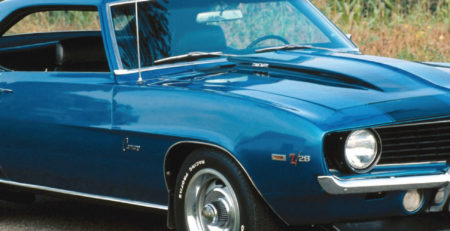
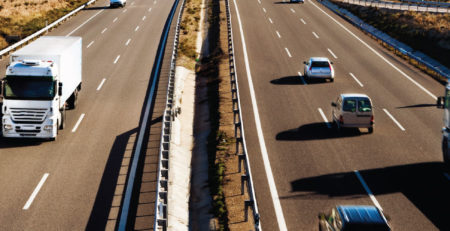
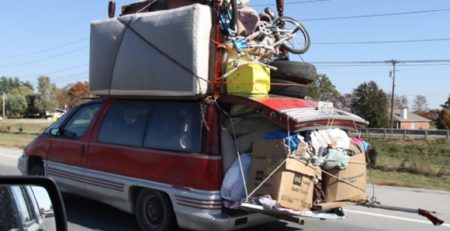
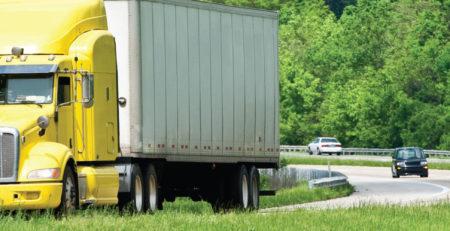



Leave a Reply